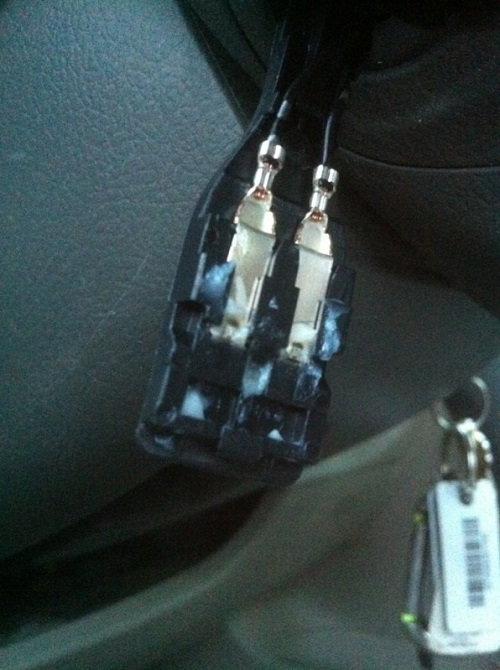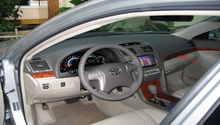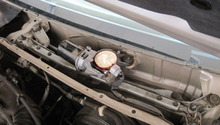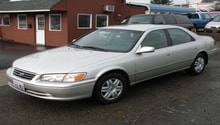Toyota Camry 1997-2001: Why is My Cruise Control Not Working?
While operating your vehicle's cruise control feature is incredibly simple, the system that controls it is fairly complex. If your cruise control isn’t working, chances are that one of the components within the system is failing. To help you figure out what broke and where, read through these steps.
This article applies to the 4th Generation Toyota Camry (1997-2001).
There are many components that make up the cruise control system in your Toyota Camry, which range from modules to switches and sensors. A failure in any one of these tiny components could lead to your car’s cruise control system being completely inoperable. A diagnosis report from a mechanic will cost upwards of $100, so to save you some money, go through these steps and figure out yourself why your Camry's cruise control function has ceased to work.


Materials Needed
- Ratchet and socket set
- Screwdrivers
- Multimeter
- Needle nose pliers
Step 1 – Check the fuses
They might be blown.
Fuses tend to blow out the more you use your Camry's cruise control function.
- Open the driver's side door and remove the panel on the side of the dashboard.
- Look at the fuse box diagram on the inside part of the panel, and locate the fuse correlating to the cruise control system.
- Use needle nose pliers to pull out the fuse, and make sure the metal wire inside of the fuse is not broken; if it is, the fuse has blown and you will need to replace it.

If the fuse is not blown, move on to the following step.
Step 2 – Check the cruise control switch
It may be damaged.
Because the multi-function switches connected to the steering column are somewhat delicate and in constant use, they are prone to getting damaged. If a blown fuse is not the cause of your cruise control problem, the switch is usually your next culprit.
- Remove the plastic covers surrounding the steering wheel column.
- Pull out the compartment that houses the cruise control switch as well as its connectors.
- Use a multimeter to check the continuity of each terminal in the switch. You should be getting a low resistance reading of less than 0.3 ohms.
- If there is no resistance in the terminals, you will need to replace the cruise control switch.

If the cruise control switch is not the issue, move on to the following step.
Step 3 – Check the brake switch
It may be damaged.
A broken brake switch will impact the functionality of your cruise control system.
- Start by checking if the brake lights are working.
- If the bulbs are not lighting up, remove them and make sure they are not burned out.
- If the bulbs are lighting, check the actual brake. You will find it behind the brake pedal.
- Use a multimeter to check the continuity in each of the switch's wires and terminal. Again, you should be getting a low resistance reading.
- If there is no resistance in the wires, you will need to replace the brake switch.

Related Discussions
- Cruise Control Not Working 2001 Camry - CamryForums.com
- Cruise Control Fails to Work Sometimes - CamryForums.com






